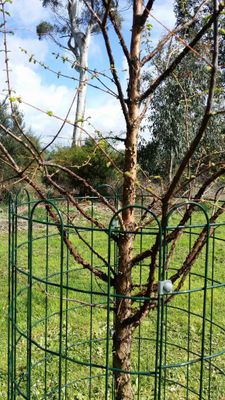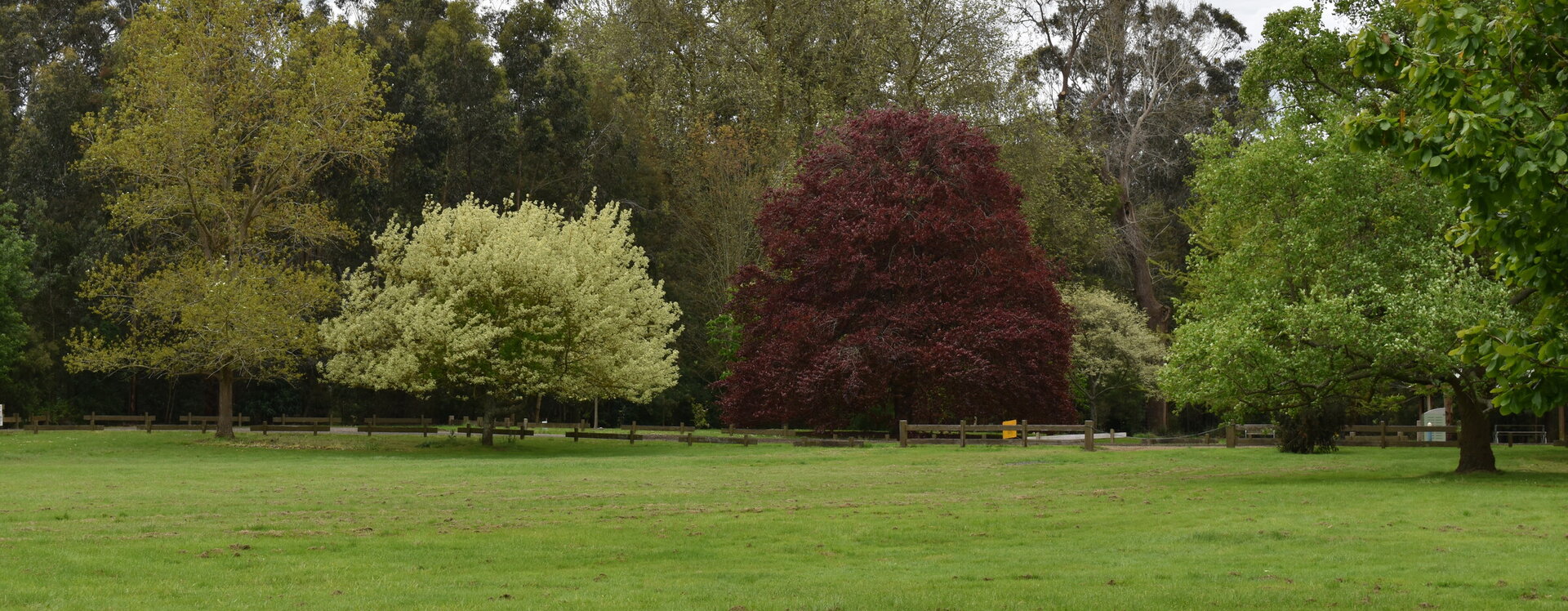

Metasequoia glyptostoboides
Metasequoia
Metasequoia glyptostoboides, common name dawn redwood, is is a fast-growing, endangered deciduous conifer. It is the sole living species of the genus Metasequoia, one of three genera in the subfamily Sequoioideae of the family Cupressaceae. It now survives only in wet lower slopes and montane river and stream valleys in the border region of Hubei and Hunan provinces and Chongqing municipality in south-central China. Although the shortest of the redwoods, it can grow to 40 metres in height. In 1941, the genus Metasequoia was reported by paleobotanist Shigeru Miki as a widely distributed extinct genus based on fossils, before attracting considerable attention a few years later when small populations were found alive in central China. The tree faces considerable risks of extinction in its wild range due to deforestation, however it has been planted extensively in arboreta worldwide, where it has proved a popular and fast-growing ornamental plant. Metasequoia glyptostroboides leaves are opposite, 1–3 cm long, and bright fresh green, turning a foxy reddish brown in autumn. The pollen cones are 5–6 mm long, produced on long spikes in early spring; they are produced only on trees growing in regions with hot summers. The cones are globose to ovoid, 1.5–2.5 cm in diameter with 16-28 scales arranged in opposite pairs in four rows, each pair at right angles to the adjacent pair; they mature in about 8–9 months after pollination. While the bark and foliage are similar to another closely related genus of redwoods, Sequoia, M. glyptostroboides differs from the coast redwood in that it is deciduous, like Taxodium distichum (bald cypress). Similar to T. distichum, older trees may form wide buttresses on the lower trunk. M. glyptostroboides is a fast-growing tree, exceeding 35 m in height and 1 m in trunk diameter by the age of 50, in cultivation (with the potential to grow to even greater dimensions). The trunk forms a distinctive "armpit" under each branch. The bark is vertically fissured and tends to exfoliate in ribbon-like strips.
Our specimen was planted in 2011.
93.00 Location D4 Latitude; -38.402707780007 Longitude; 146.052308448155

